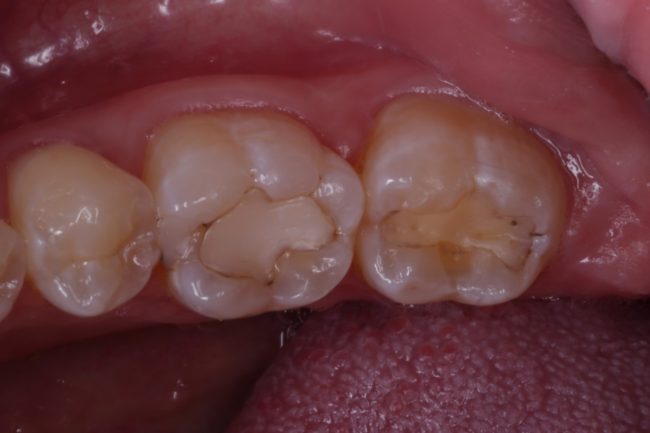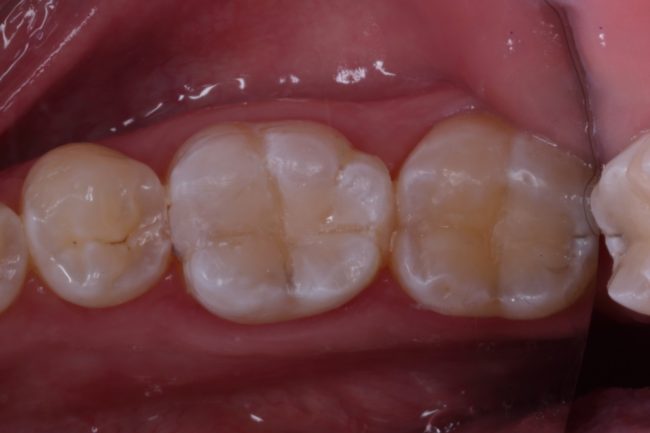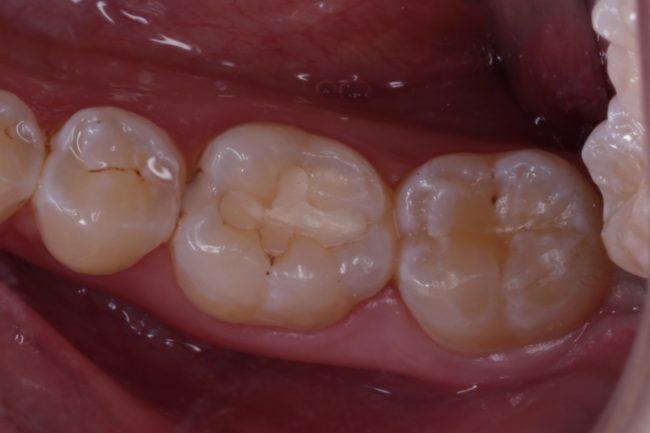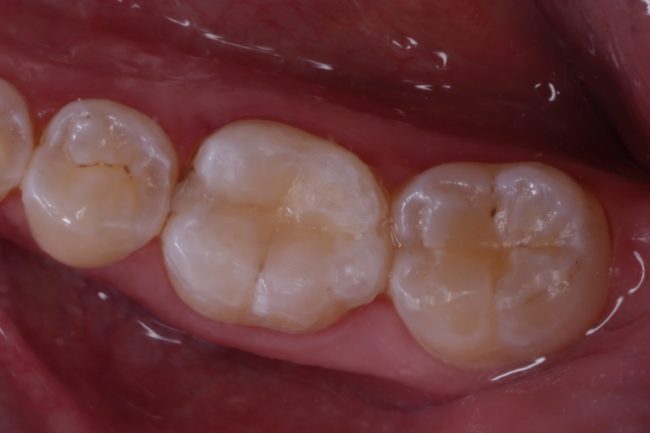When teeth develop cavities, the only way to treat it is to clean out the decayed part and then ‘fill’ up the hole that remains in the tooth. These fillings restore the original form and shape of the teeth and make them fit for chewing once again.
Victoria, an expat from Czech Republic had been living in Pune for approximately 3 years. Having completed her contract, she was about to return to Czech Republic and decided to have a broken filling fixed before departing. Her previous fillings seemed like blobs of cement that were flat and unnatural. Having seen the naturally contoured filling done for the broken one, she decided to get her remaining blobs changed as well.
What is a dental filling?
When a tooth is decayed, chipped or fractured, a dental filling is done to restore the normal form and function of the tooth. The dentist removes the decayed part and then replaces it with a dental material to prevent further decay or tooth wear. Usually restoration of teeth is painless but if the decay or fracture is deep in the dentin, the dentist may give you some local anesthesia to prevent any pain or sensations during the procedure.
What materials are used for a filling?
Modern dentistry today uses tooth colored restorations called as composites to fill the teeth. These fillings bond to the natural tooth structure itself as well as give a natural aesthetic appearance.
What will happen if we don’t treat decay in time?
A tooth is made up of 3 layers. Decay starts in outermost layer, Enamel and if not treated then grows into the middle layer, Dentin. When the decay has reached dentin your teeth starts to become slightly sensitive. Fillings can easily be done in enamel and dentin layers, but as the decay progresses deeper the pain increases. When the decay reaches the innermost layer, the Pulp, a filling can no longer be done to treat it. Instead you would require a root canal procedure to treat the tooth.
How do I prevent tooth decay and take care of my dental fillings?
You can help prevent tooth decay and take care of your fillings by following these tips:
- Brush twice a day with a fluoride toothpaste.
- Clean between your teeth daily with floss or interdental cleaner.
- Eat nutritious and balanced meals and limit snacking.
- Check with your dentist about the use of supplemental fluoride, which strengthens your teeth, and about use of dental sealants (a plastic protective coating) applied to the chewing surfaces of the back teeth (where decay often starts) to protect them from decay.
- Visit your dentist regularly for professional cleanings and oral examination.
What is a Crown(Cap)? And when do we need one?
A dental crown is a tooth-shaped cap, that is placed over a tooth — to cover and restore its shape and size, strength, and improve its appearance. The crowns, when cemented into place, fully encase the entire visible portion of a tooth that lies at and above the gum line.
You may need a crown in the following situations:
-
- To protect a weak tooth caused by decay from breaking
- To restore an already broken tooth or a tooth that has been severely worn down
- To cover and support a tooth with a large filling when there isn’t a lot of tooth left
- To make a dental bridge
- To cover badly shaped or severely discolored teeth
- To make a cosmetic modification
What are the different types of crowns available?
Crowns can be either all metal crowns (such as gold or another alloy), porcelain-fused-to-metal, all resin, or all ceramic.
What are the steps in making and placing a dental crown?
To perform the crown procedure, your dentist prepares the tooth and makes a molded impression of the teeth to send to a dental laboratory. A fitted, temporary crown is created during this visit to temporarily protect the tooth while the final restoration is being made in the dental laboratory. Once completed, the crown can be cemented or adhesively bonded at a later visit.
We use the latest CAD/CAM technology to create a digitalized 3D replicate image of your teeth thus, omitting the use of sticky, messy impression material in your mouth. The lab then directly fabricates a crown in the software’s 3d image. The use of this technology result in more accurate replication of the teeth and omission of any hand errors during fabrication of your crown.
What are dentures and what are the different types of dentures available today?
Dentures are removable artificial teeth and gums designed according to the shape of your bone and jaw to replace your missing teeth. Dentures can be complete (replacing all your teeth) or partial (replacing few of your teeth). They are customized to fit properly in your mouth as well as match with the colour of your existing teeth. They can me made in acrylic resin or in a flexible material. They can also be made in a metal framework.
*Have any other questions? Write to us at …






